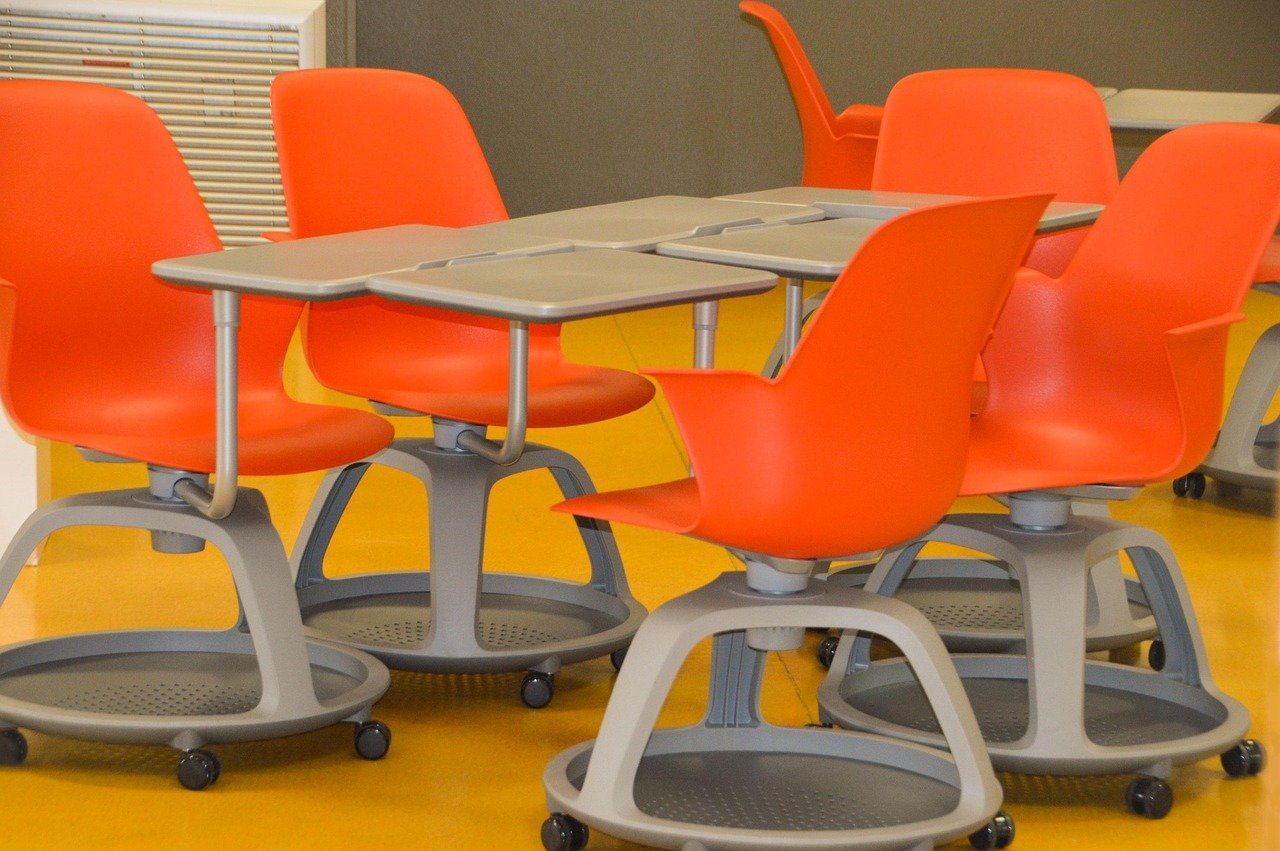Key Takeaways
- Understanding the core types of casters is essential for matching equipment with workplace demands.
- Durability, load capacity, and material are critical factors in caster selection.
- Regular maintenance of casters improves safety and extends equipment life.
- Proper caster choice supports workplace ergonomics and efficiency, reducing downtime.
- Authoritative sources highlight the importance of casters in industrial and commercial operations.
Why Caster Selection Matters
Casters are crucial in various industries, such as logistics, manufacturing, hospitals, and retail. They help move heavy inventory, medical equipment, and everyday furniture, but tasks can become strenuous, noisy, and inefficient without the right casters. Inadequate caster selection can compromise workplace productivity and safety, leading to floor damage, worker strain injuries, and operational halts. Time spent fixing or replacing poorly chosen wheels can also negatively impact the bottom line and reduce morale.
When choosing casters, the wheel material is especially crucial. It directly affects how equipment moves across varying floors, how much noise is produced, and the longevity of both the caster and the floor. For demanding environments that need durability combined with quiet, smooth operation, polyurethane wheels stand out as an excellent option. These wheels are tough enough for industrial use, gentle on sensitive surfaces, and flexible in adapting to various applications, from hospital carts to warehouse racks. Their popularity comes from the blend of resilience, versatility, and low noise, making them a wise choice for any setting.
Main Types of Casters
Rigid casters are locked in one plane, allowing equipment to move only forward and backward. They are ideal for direct transportation routes, such as long warehouse aisles or conveyor lines. Swivel casters rotate 360 degrees, providing superior freedom for navigating corners and obstacles. They are ideal for environments like retail stores or hospitals where pathways may be narrow or change regularly. Brake casters offer stationary stability by incorporating locking mechanisms, keeping equipment fixed in place when stopped. They are available in various configurations, including total locks or directional locks, to suit different operational demands. Industrial specialty casters cater to unique working conditions, such as extreme temperatures, chemicals, or heavy loads. They are engineered for longevity and safety in environments like food processing facilities, shipyards, or high-heat manufacturing plants. Selecting the right caster type ensures that equipment remains functional and safe, directly matching the requirements of the work environment.
Key Factors to Consider
Consider load capacity, floor conditions, wheel material, and mobility needs when choosing a caster. Each caster has a manufacturer-specified maximum load, and it’s crucial to calculate the total equipment weight plus a buffer. Overloaded casters can wear out faster, roll poorly, and fail at critical moments, putting people and property at risk. Experts recommend choosing casters rated 25% higher than the anticipated load for safety and longevity. Floor surfaces have unique demands, with hard surfaces like tile or hardwood requiring shock-absorption, while uneven surfaces require soft-tread wheels for polished floors and hard-tread casters for rugged ones. Wheel material, such as polyurethane, offers a quiet, cushioned ride and is suitable for delicate flooring. Mobility is also essential, with swivel and rigid casters best for changing direction or working in confined spaces. Careful calculation is necessary to avoid tipping risks.
Industry Applications and Real-World Examples
Industries use casters differently, with different factors impacting their use. Healthcare uses medical-grade casters for hygiene and patient comfort, while food service uses easy-to-clean, corrosion-resistant materials. Manufacturing and logistics use heavy-duty casters for daily handling of thousands of pounds, offering stability and shock absorption. Businesses increasingly invest in casters with built-in shock absorption to protect vibration-sensitive inventory, such as electronics or fragile goods. This trend reflects a growing understanding that minor adjustments, like advanced caster features, can reduce product damage and equipment failure rates, highlighting the importance of specialized caster selection in various industries.
Supporting Ergonomics and Safety
Casters directly impact worker well-being by reducing repetitive strain injuries and fatigue. Ergonomic casters reduce the force required for equipment movement, especially in jobs requiring frequent cart movement. Investing in smooth, reliable casters can reduce physical demands on staff. Even slight differences in ease of use can significantly impact employee health and productivity. Industry safety experts suggest that better ergonomic design in casters can lead to lower injury rates, reduced absenteeism, and improved staff retention. Putting occupational safety at the forefront of equipment choices benefits workplace morale and bottom-line results.
Caster Maintenance Tips
- Regular Inspections: Check casters frequently for cracks, flat spots, and embedded debris that impede motion or cause unexpected stops. Adopting a schedule for visual and manual inspections means problems are caught before they become significant issues.
- Lubrication: Caster bearings and swivels need periodic lubrication, especially if exposed to dust, moisture, or chemicals. Lack of proper lubrication can result in increased push force, squeaks, and premature component failure.
- Fastener Checks: Bolts and mounting hardware can loosen over time with repeated movement and vibration. Keeping them tightened ensures equipment safety and helps maintain caster performance.
- Replacement: All casters eventually wear out, so replacing damaged, rusted, or misshapen wheels is a wise investment. It’s better to swap a failing caster early than risk injured workers or damaged property.
Organizations that prioritize preventative maintenance for their caster-equipped assets consistently experience fewer delays and extend the life of their equipment, ultimately gaining more value from their investment.
Recent Trends in Caster Technology
The caster industry has seen significant advancements, with technology addressing various industrial and commercial needs. Smart casters, self-braking systems for automated vehicles, and noise-dampening innovations are among the recent developments. These tools improve equipment management, optimize workflow data collection, and reduce maintenance costs through predictive analytics. Sustainability is also a growing trend, with environmentally responsible components gaining attention in green industries. Additionally, materials that improve rolling quality, resist corrosion, and resist harsh chemicals are becoming popular.
Final Thoughts and Recommendations
Choosing the right caster is crucial for workplace operations, enhancing safety, ergonomics, efficiency, and durability. Load, surface, wheel material, and maintenance practices affect equipment usability and staff safety. As technology advances, minor upgrades can yield significant benefits. When making a caster decision, consider key considerations to ensure smoother operations, longer lifespan, and support for daily mobility needs.
READ ALSO: PLG Supplies: Your Silent Partner in Industrial & Construction Excellence










